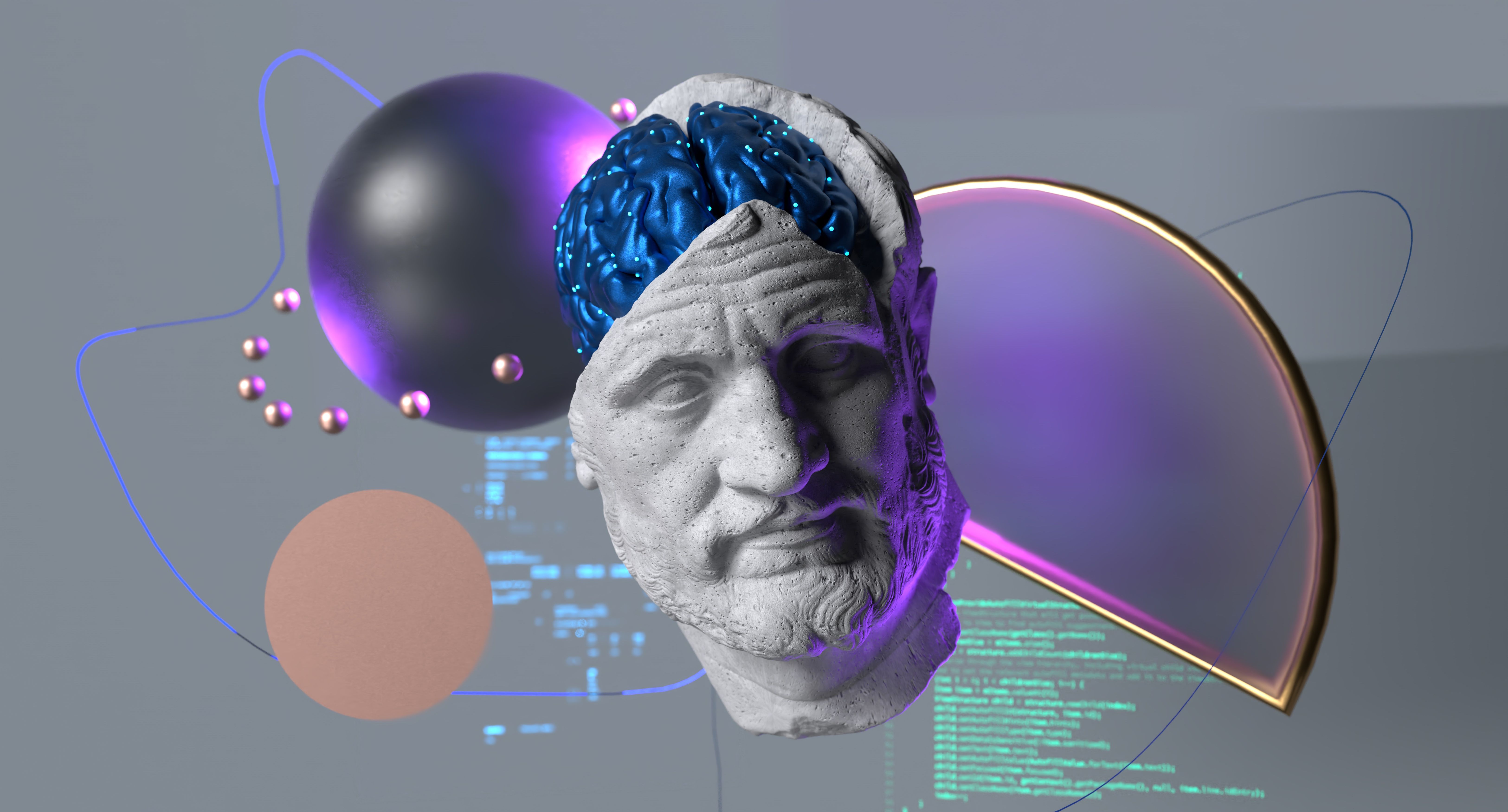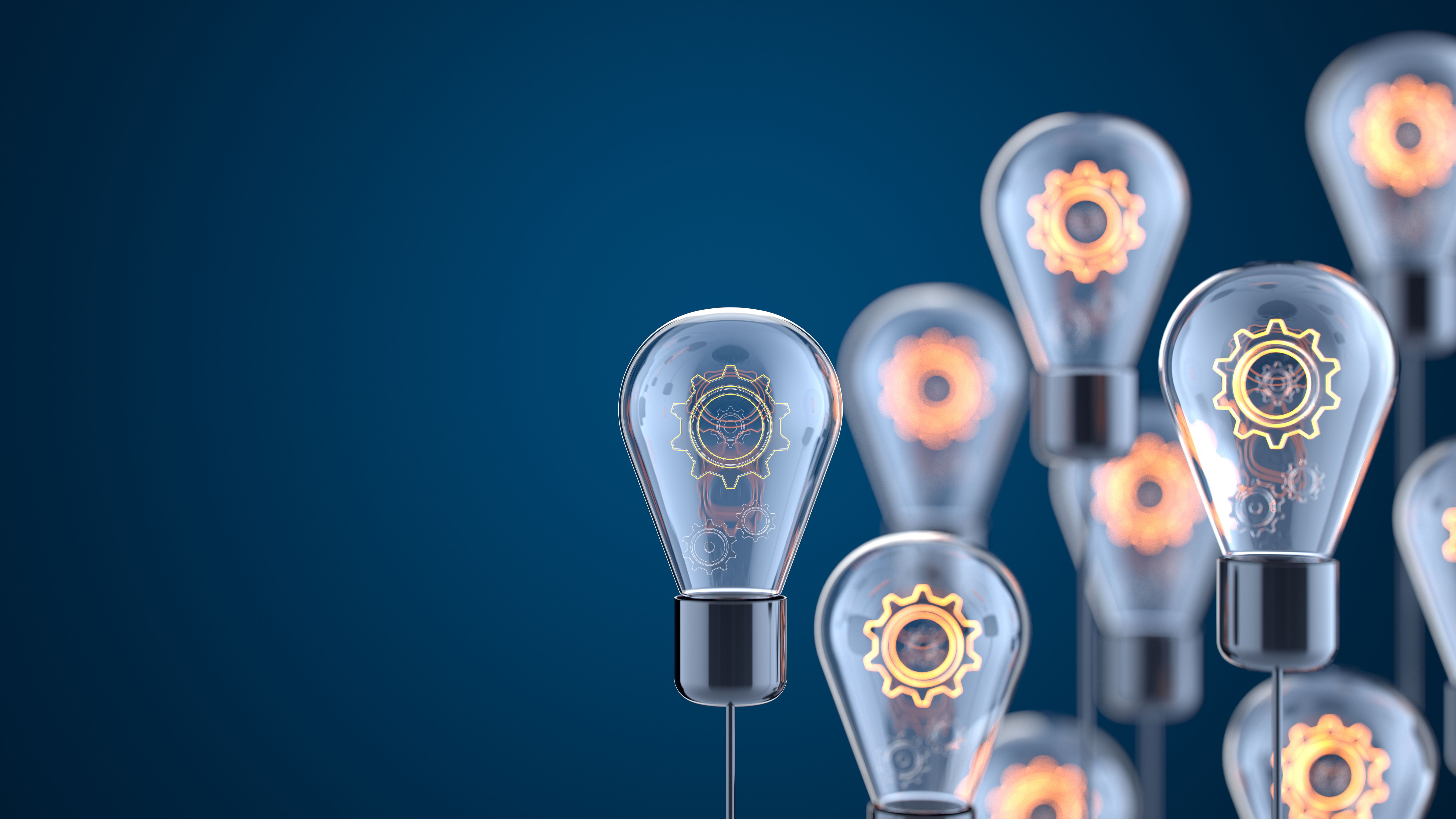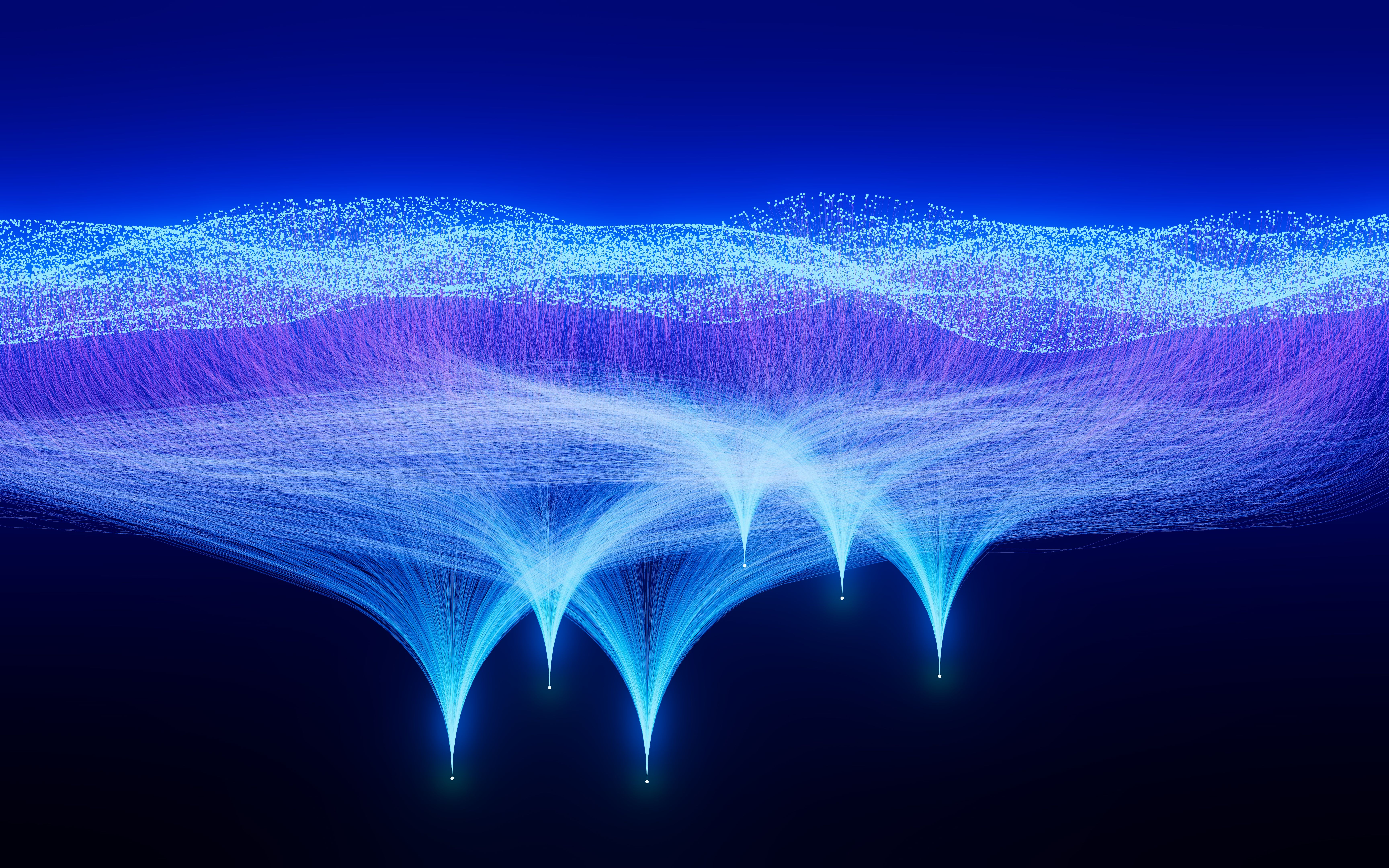The Future of Patent Translation: Embracing Full Automation
The Rise of Automated Patent Translation
The world of patent translation is on the brink of a revolutionary change as the industry begins to embrace full automation. The rapid advancements in artificial intelligence and machine learning are transforming traditional methods, offering a faster and more efficient way to handle complex translations. This shift is not only streamlining the process but also reducing costs and improving accuracy, addressing many of the challenges faced by patent professionals.

The Role of AI in Patent Translation
Artificial intelligence plays a pivotal role in the evolution of patent translation. AI-powered tools can process large volumes of text at remarkable speeds, understanding and translating complex technical language with precision. These tools are designed to learn from vast databases of patent literature, allowing them to continuously improve their translations over time.
One of the key benefits of using AI in this field is its ability to handle multiple languages simultaneously, making it an indispensable asset for global companies. AI-driven translation tools ensure that language barriers no longer hinder innovation or international collaboration.
Advantages of Full Automation
Embracing full automation in patent translation brings numerous advantages. Firstly, it significantly reduces human error, which is crucial in maintaining the integrity of technical documents. Secondly, automated systems provide consistent terminology usage, ensuring that translations are uniform across different regions and jurisdictions.

- Speed: Automated systems can translate documents much faster than human translators.
- Cost-Effectiveness: Reducing reliance on manual labor lowers overall costs.
- Accessibility: Automation makes patent information more accessible to a wider audience.
Overcoming Challenges
While the benefits are significant, there are challenges to overcome in fully automating patent translation. One major concern is ensuring that automated translations maintain the same level of detail and nuance as those produced by skilled human translators. Additionally, integrating these technologies into existing workflows requires careful planning and adaptation.
The development of sophisticated AI algorithms is crucial to addressing these challenges. By enhancing machine learning models to better understand context and technical jargon, the industry can ensure that automated translations meet the high standards required for legal and technical documents.

The Future Landscape
As technology continues to advance, the future landscape of patent translation looks promising. The integration of AI and machine learning into translation processes is expected to become more widespread, making it an essential part of patent management strategies. Companies that adopt these technologies early on will likely gain a competitive edge in the global market.
Moreover, as AI tools become more sophisticated, they will not only translate but also analyze patents for potential conflicts or opportunities, further enhancing their value to businesses and innovators alike.
Conclusion
The future of patent translation lies in full automation, driven by cutting-edge technologies such as AI and machine learning. By embracing these advancements, companies can streamline their processes, reduce costs, and enhance the accuracy and consistency of their translations. As the industry continues to evolve, automated patent translation will play a pivotal role in breaking down language barriers and fostering global innovation.
